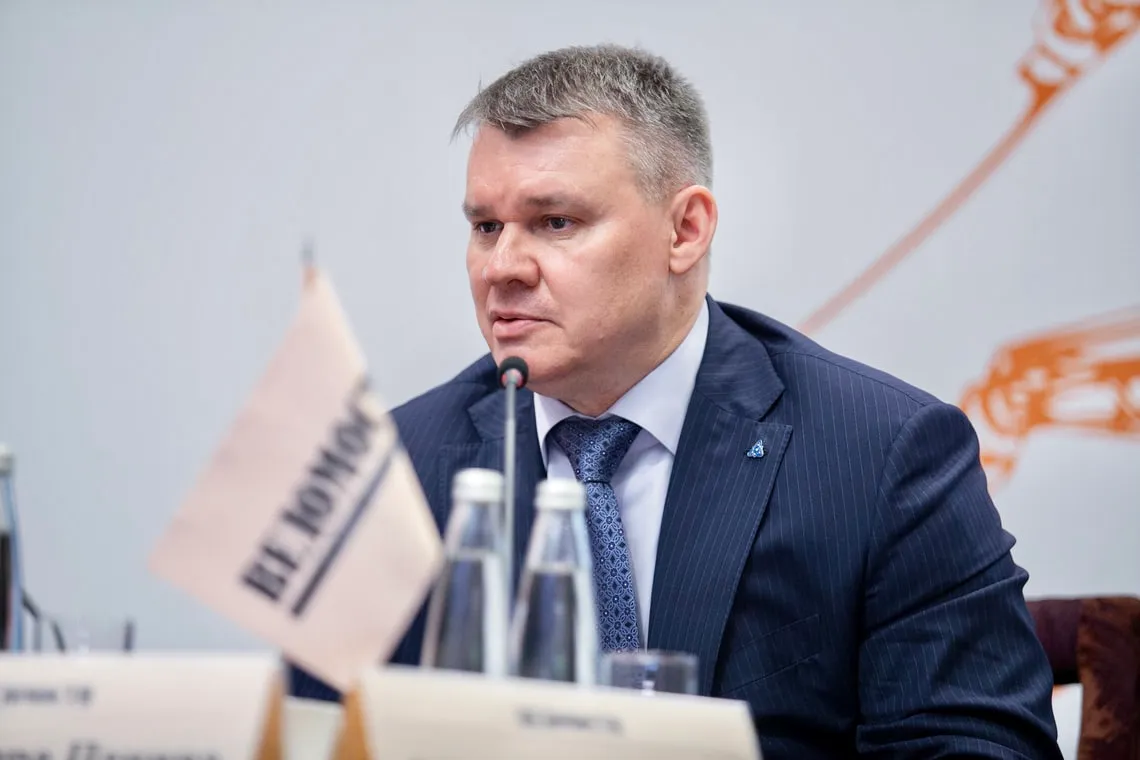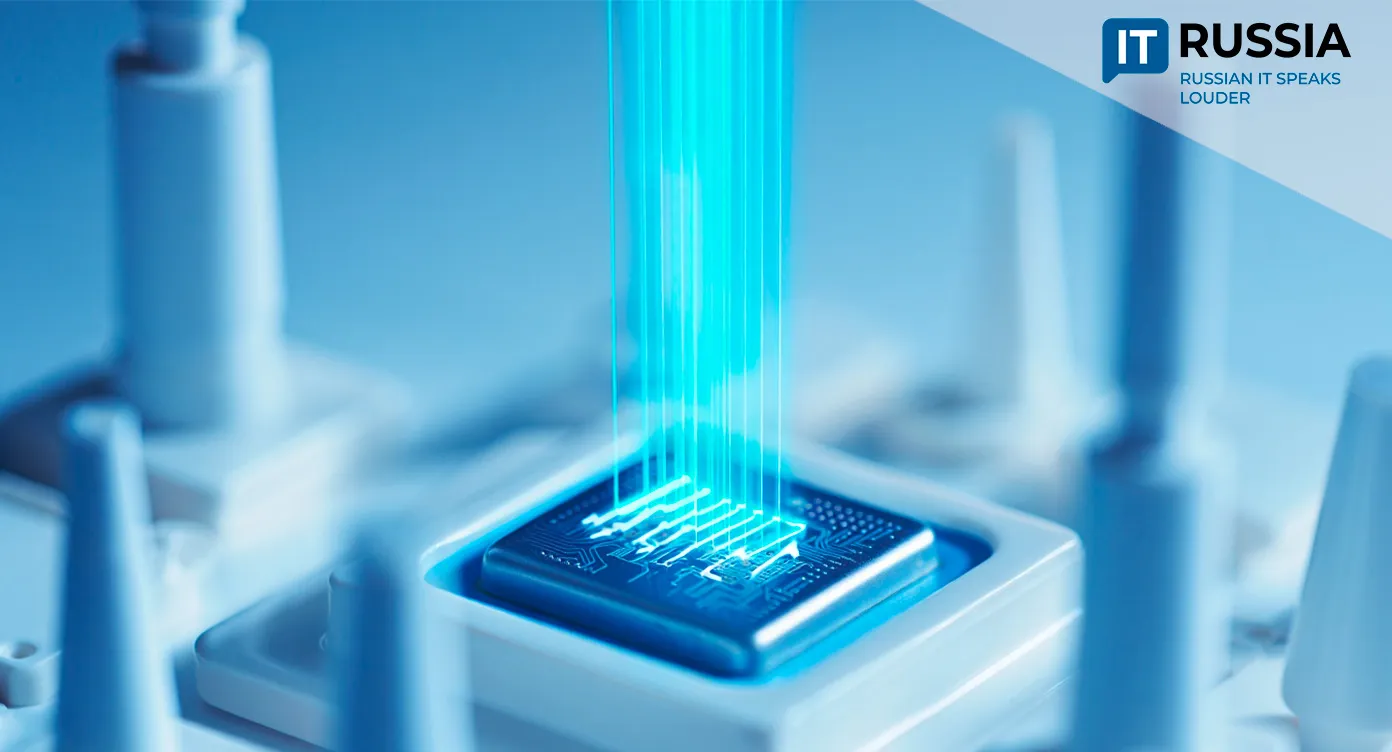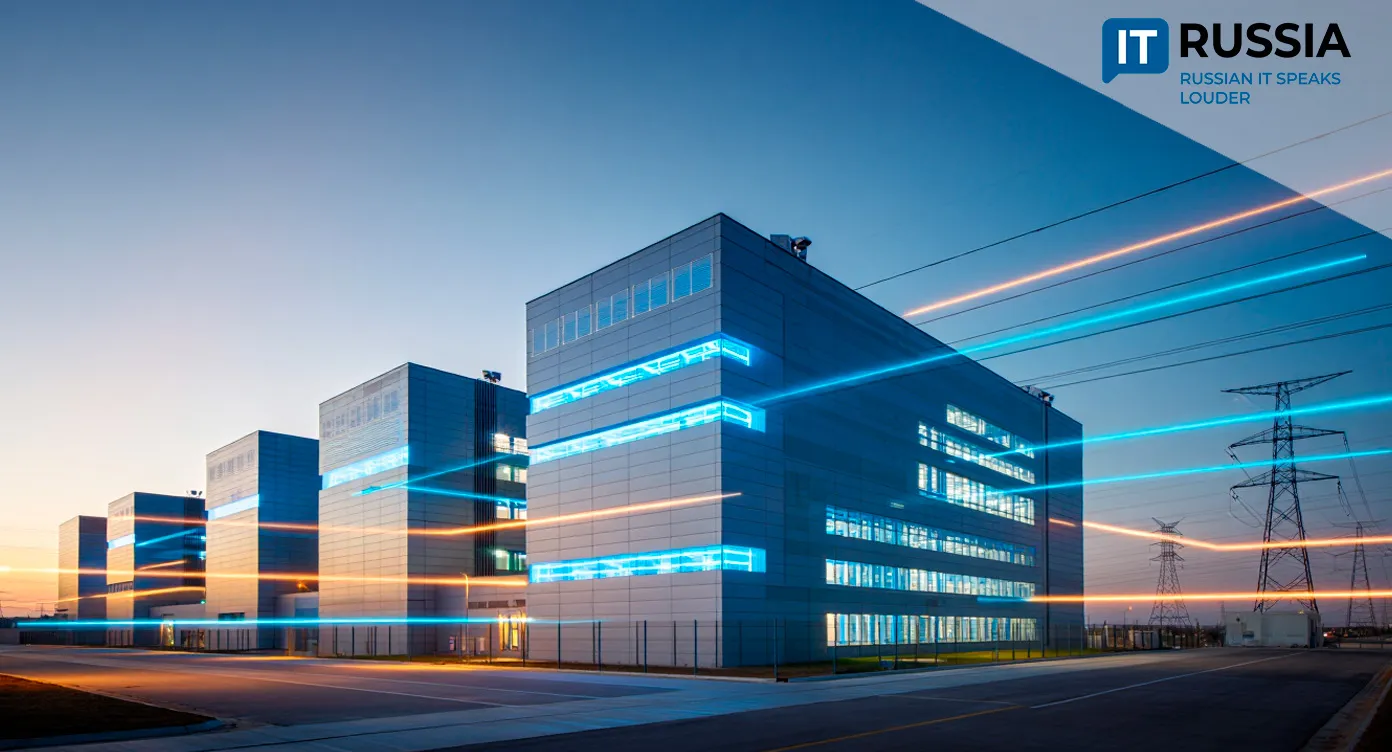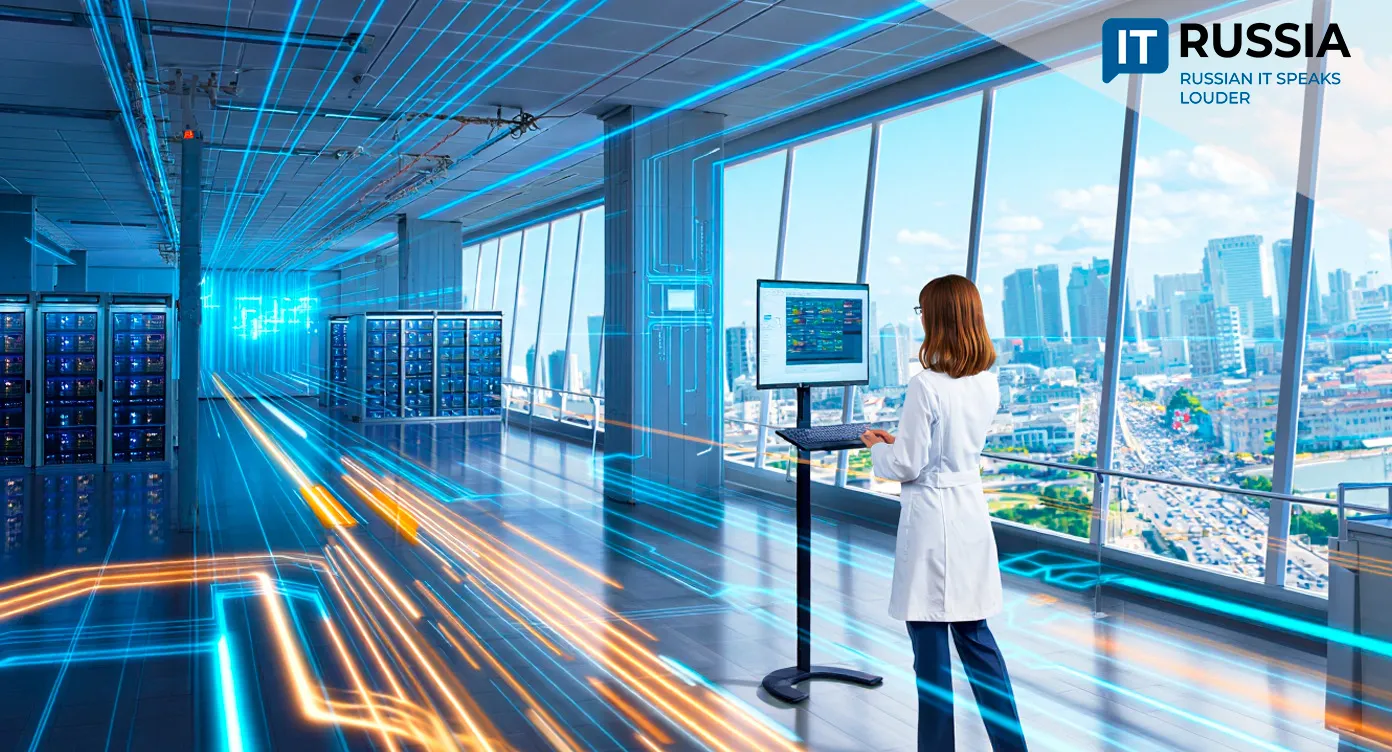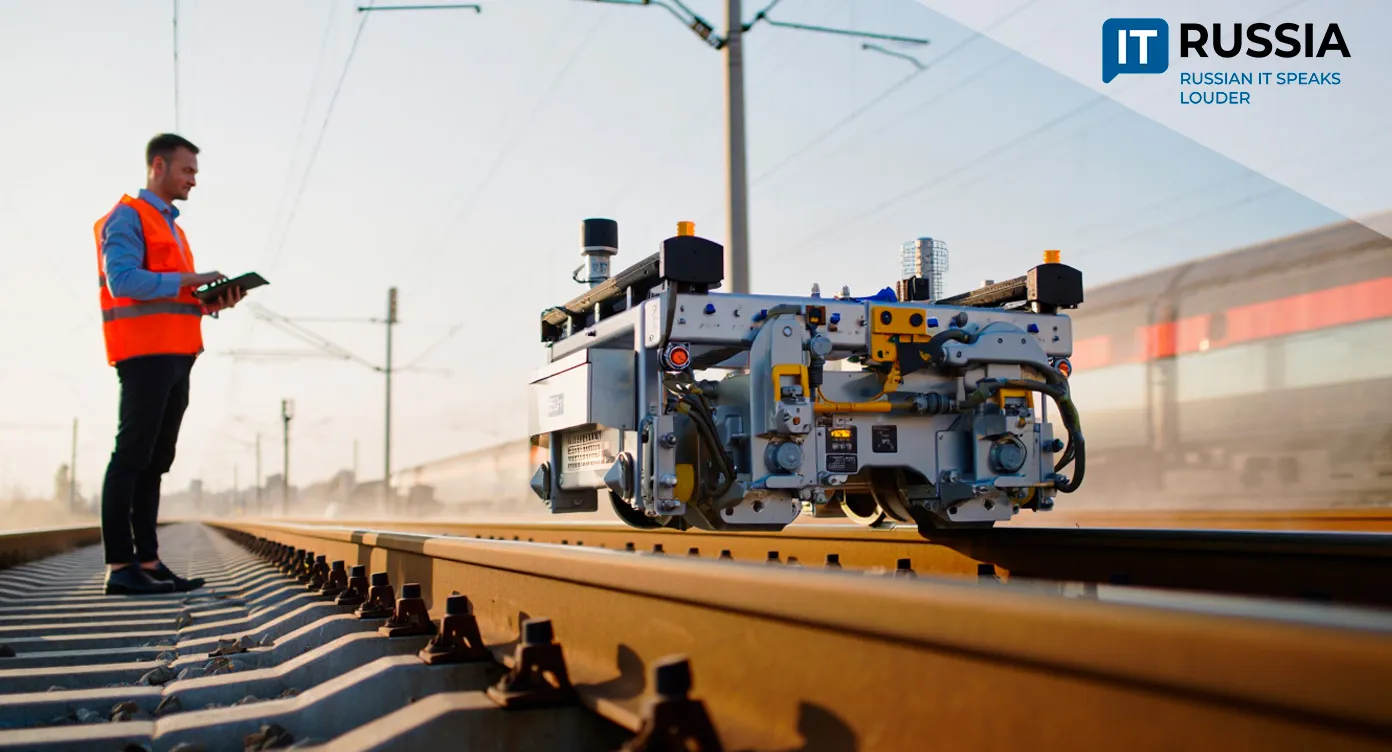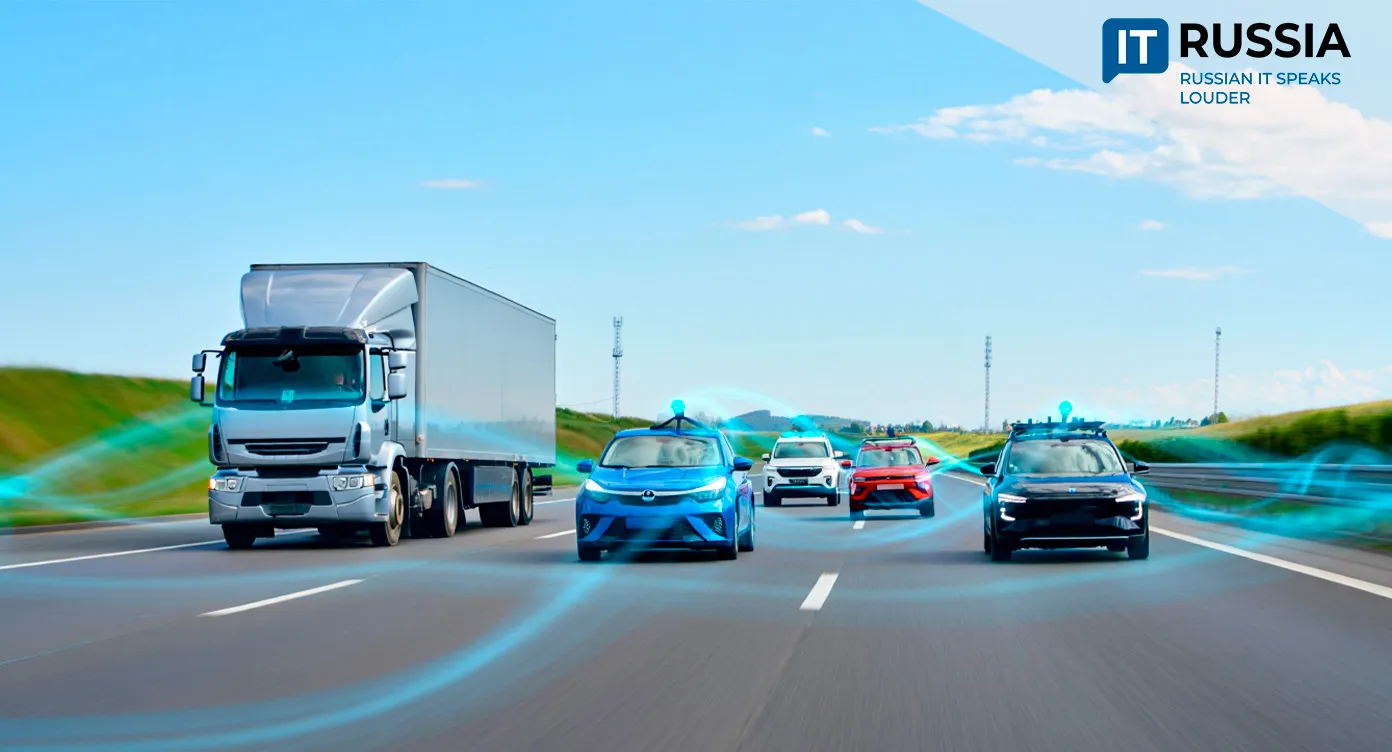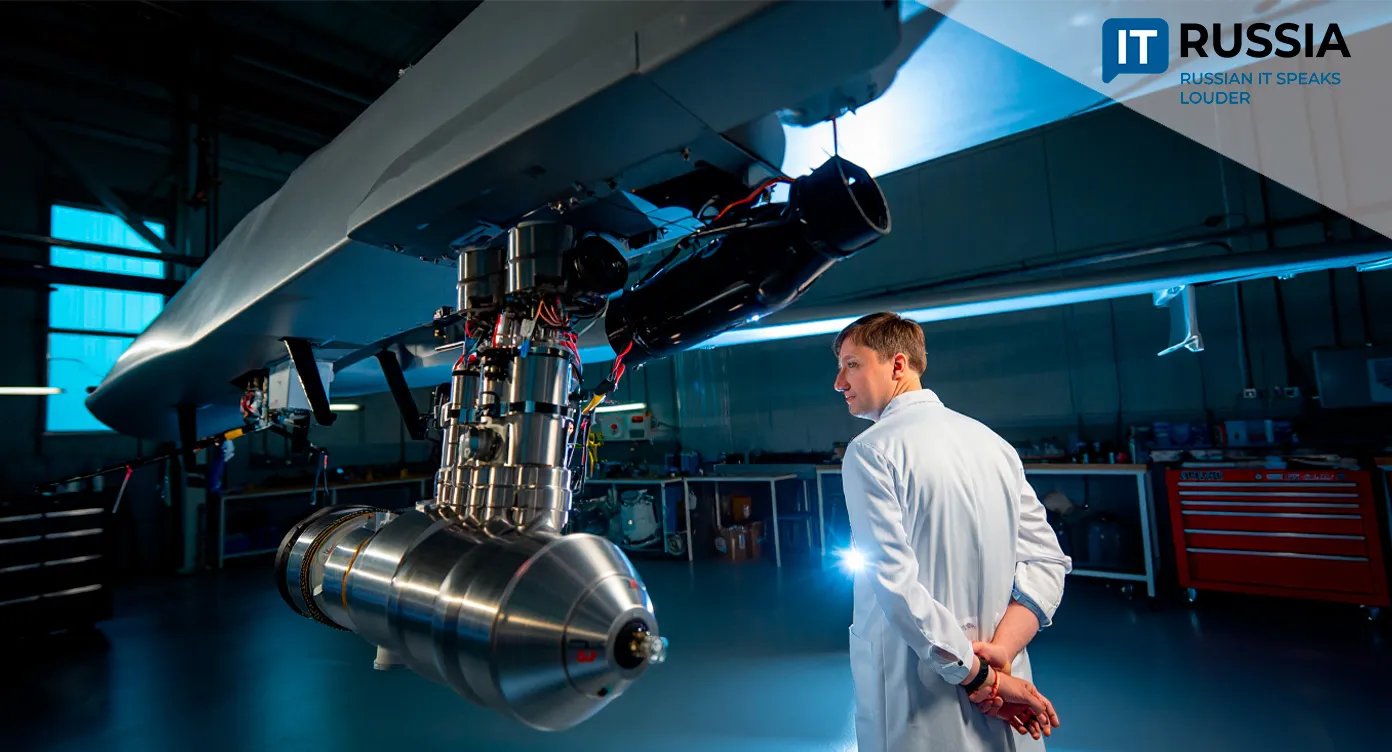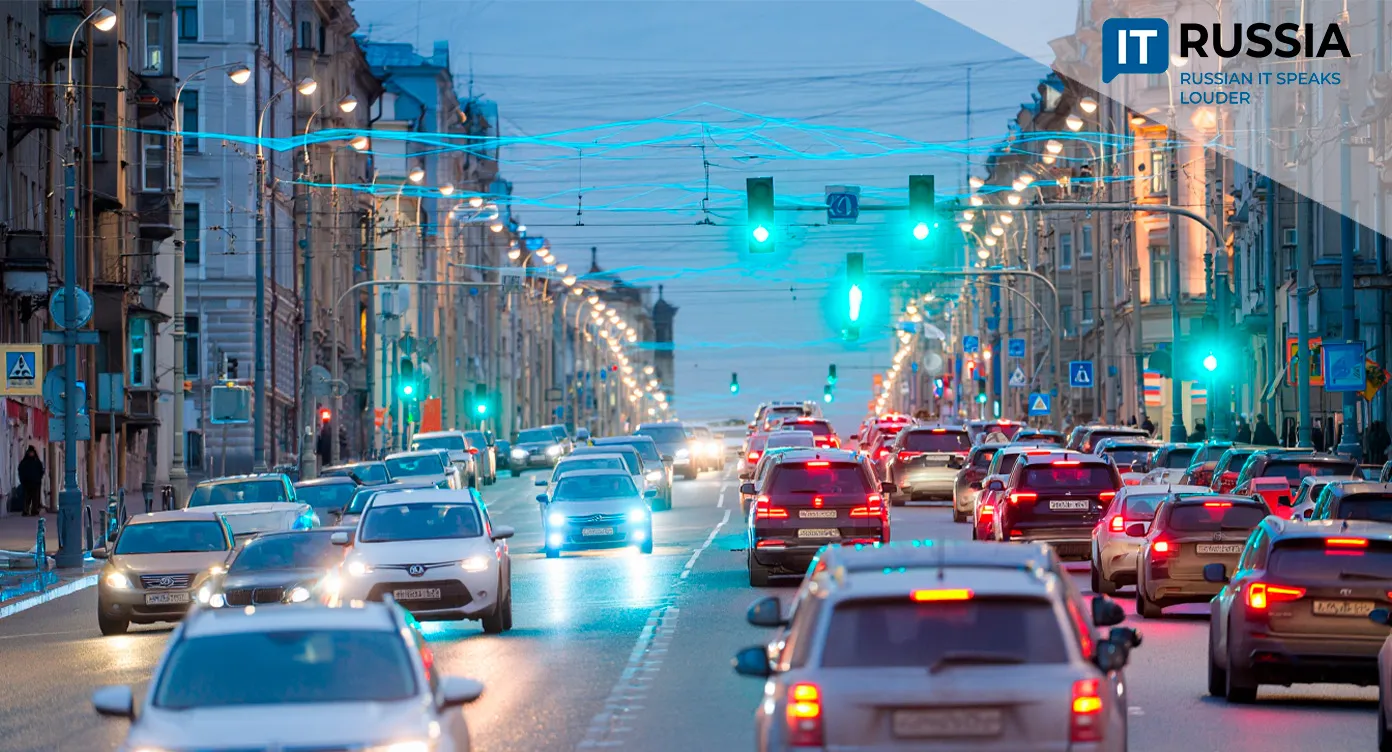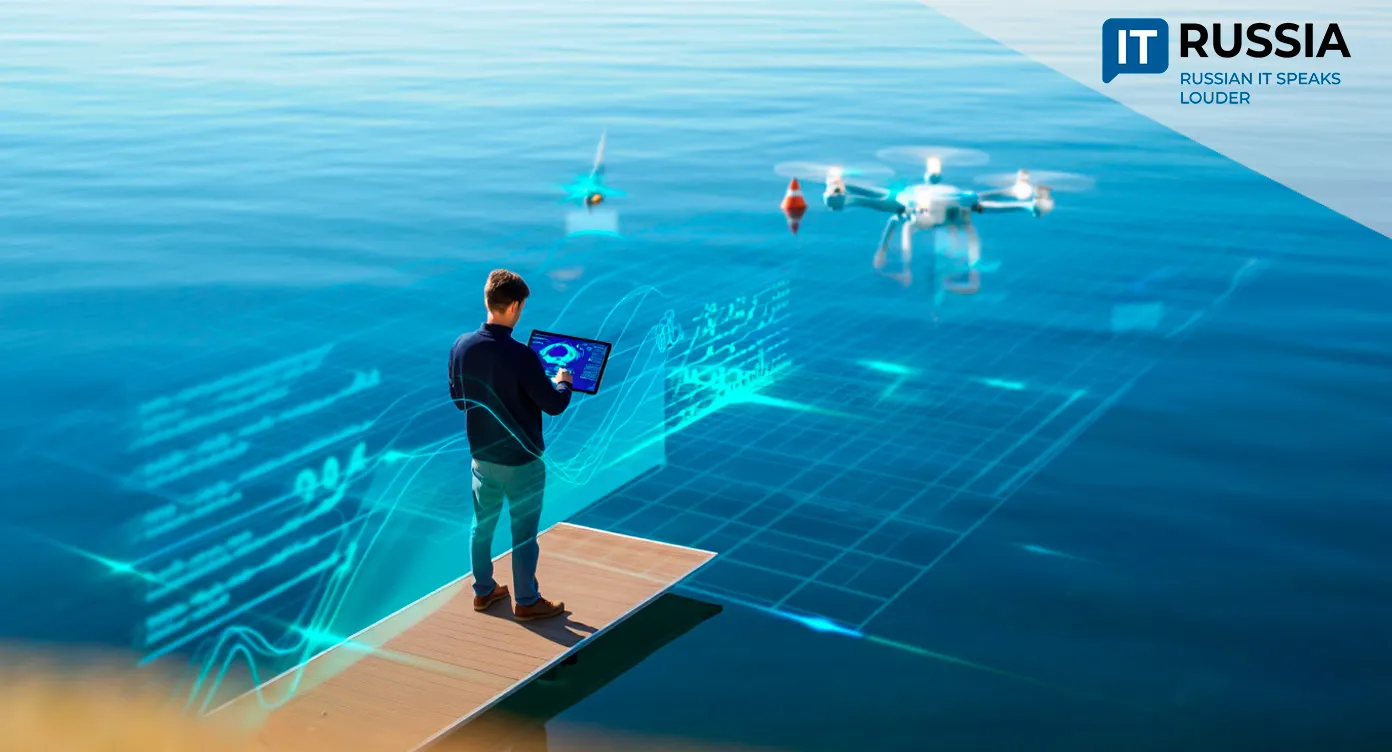Russia’s Energy Sector Goes Data-Driven: A New Digitalization Strategy Through 2030
At the Kalinin Nuclear Power Plant, Russia unveiled its updated Digital Transformation Strategy for the power sector — a roadmap designed to accelerate the adoption of digital twins, IoT sensors, and advanced analytics across the national energy grid.

A Turning Point for Russia’s Power Industry
The Kalinin Nuclear Power Plant in Udomlya hosted a public discussion of the updated Digital Transformation Strategy for Russia’s electric power industry through 2030.
The event brought together executives from Rosenergoatom, the Ministry of Energy, Inter RAO, System Operator of the Unified Energy System (SO UES), and Rosseti, among other key industry players. The new strategy marks a shift from fragmented modernization to full-scale digital integration. Developed by the Digital Energy Association in collaboration with leading energy companies and government agencies, the strategy was first released in 2020.
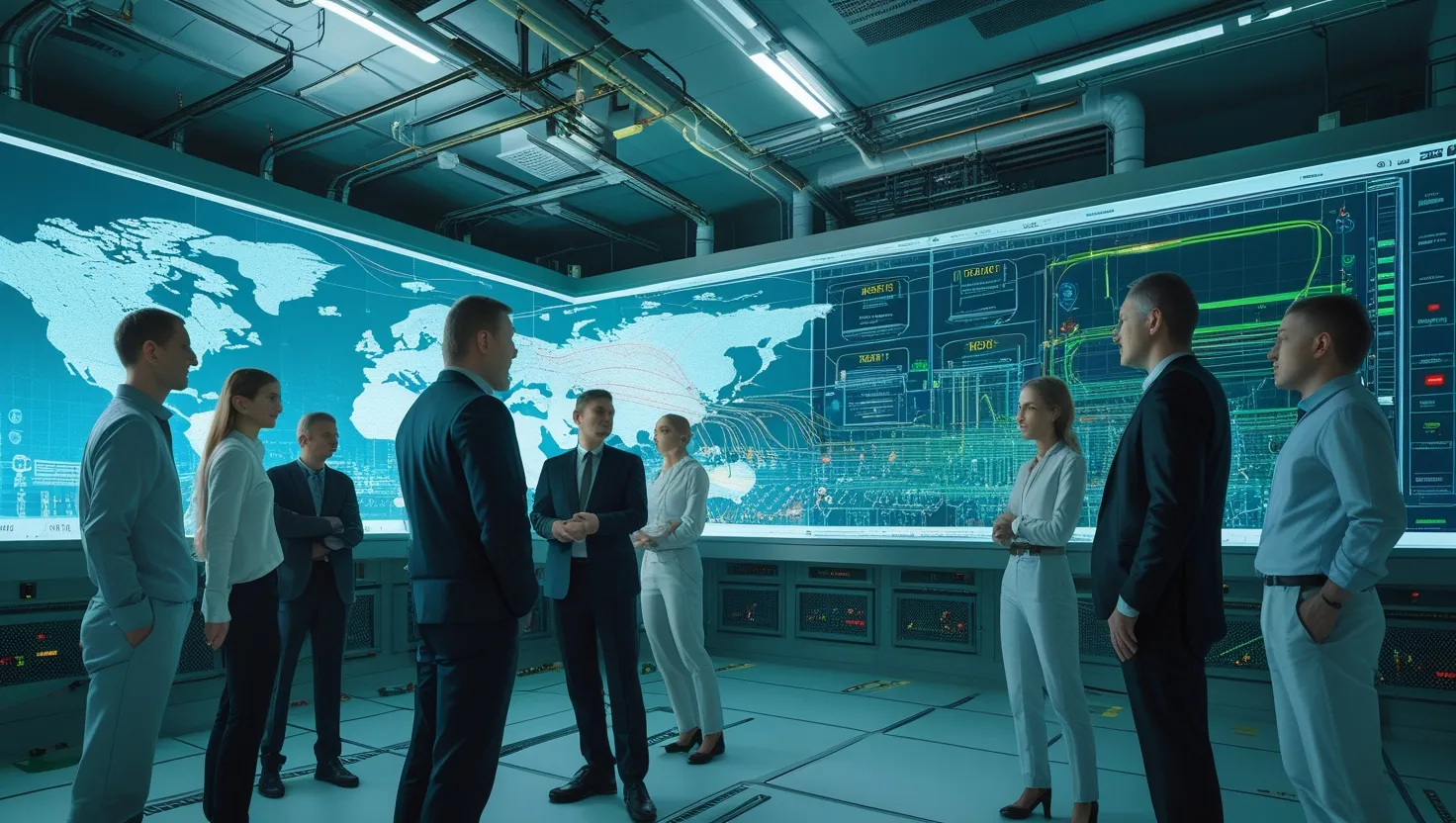
The latest revision, adopted in late 2024, reflects the realities of the current economic and technological environment — emphasizing import substitution and technological sovereignty.
Three Pillars of Digital Transformation
The updated strategy rests on three core principles that will shape Russia’s power industry in the years ahead.
First, a transition to a data-centric model. Instead of relying on regulatory reporting, companies will use real-time data from networks and equipment to make operational decisions. This will require the deployment of extensive IoT sensor networks, continuous monitoring systems, and unified analytics platforms across all levels — from substations to control rooms.
Second, the expansion of domestic digital technologies. Import substitution in digital energy is framed not as a limitation but as an opportunity to build a sovereign high-tech ecosystem. Inter RAO’s large-scale implementation of a data collection system, for instance, has already saved the company more than $1.4 billion annually by optimizing fuel consumption.
Third, a shift toward a platform-based IT architecture. Instead of managing dozens of separate systems, utilities will rely on an integrated data platform connecting generators, grid operators, and consumers within a unified information space.

Digital Twins Move from Theory to Reality
A central element of the strategy is the deployment of digital twins — detailed virtual replicas of energy assets that synchronize with physical equipment via sensors and monitoring systems. These are not just CAD models but fully functional systems capable of predictive maintenance and real-time diagnostics. At power plants, digital twins act as predictive assistants, automatically calculating optimal operating modes, forecasting fuel demand, and scheduling maintenance based on actual wear rather than fixed intervals.
They analyze system parameters continuously and alert operators to potential failures before they occur. On transmission and distribution networks, digital twins localize faults and detect damage without the need for excavation. For example, YantarEnergo has deployed 100,000 smart meters and 200 automated reclosers, reducing staffing requirements while improving grid reliability and efficiency.
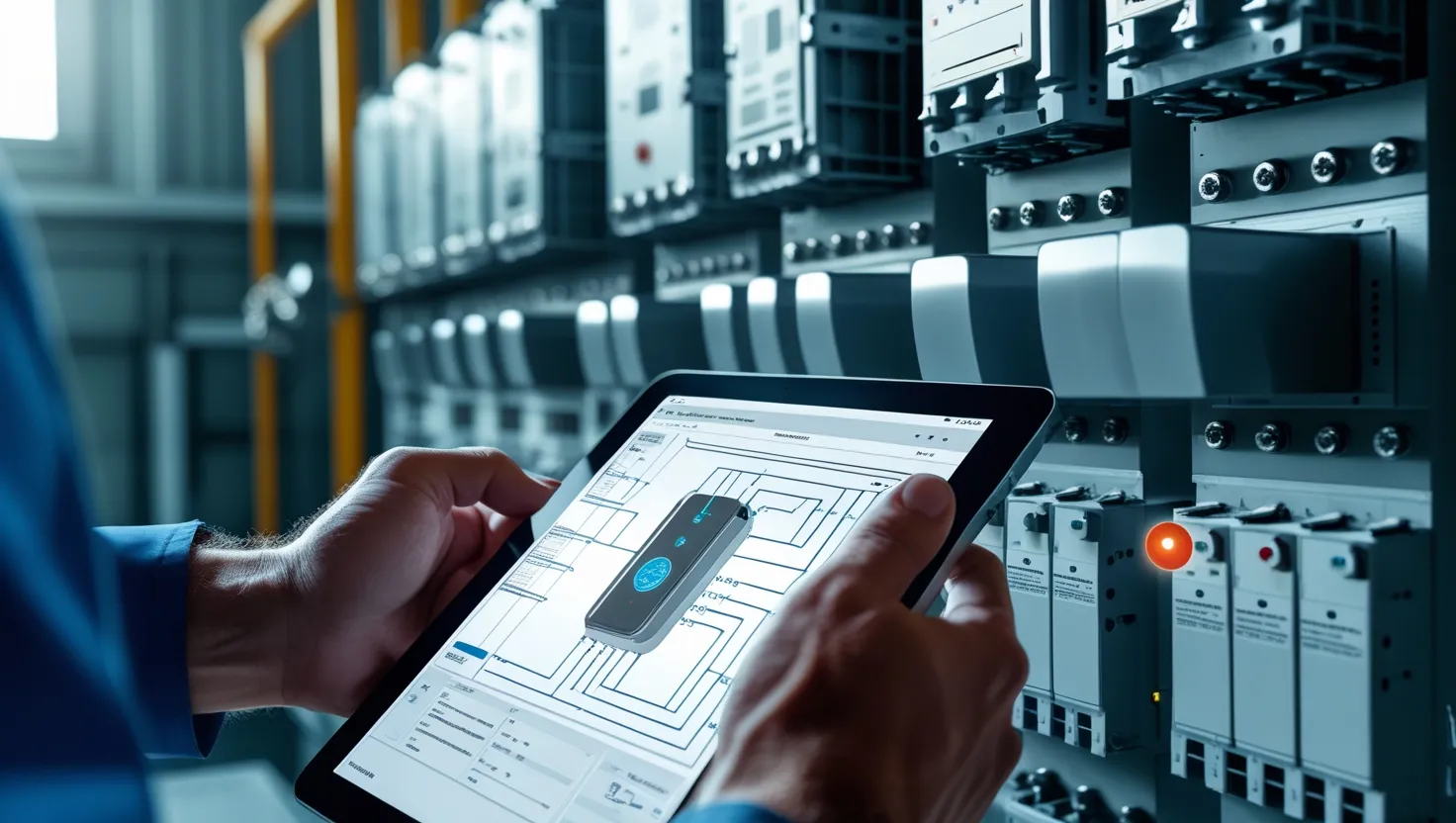
A New Industry Standard for Digital Readiness
The updated strategy also introduces a methodology for assessing companies’ digital maturity — a crucial metric for planning transformation. By the end of 2025, all members of the Digital Energy Association will undergo pilot evaluations to benchmark their progress.
The final version of the strategy is expected to be submitted to the Ministry of Energy for approval in 2026, at which point digital maturity assessment will become a formal standard across the sector.


